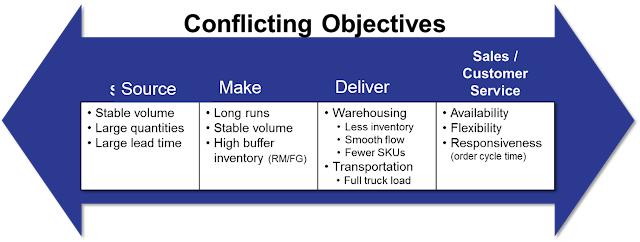If you’ve ever shopped at Zara, the ubiquitous clothing chain, you may have noticed its trendy offerings are not just up-to-the-minute but up-to-the-instant. zara is a chain of supply chain which is owned by Inditex ,the Spanish retailer with a turnover of over 14A billion turover .with12% net profit over sales . The secret sauce of how Zara is able to do its because of their famed Supply chain management, which has become a case study in many business schools since a long time
The supply chain management is the key to Zara’s corporate strategy. and its revenues and profits that swells up every year.Zara is the most profitable European retailer and apparel brand .Zara's success has been the result of focus and rapid response to the market . Unlike all its competitors it does not outsource all its production activities .Most of its production capacity is inhouse and outsourced is located in Europe so that it can work on shorter lead times
It often relies heavily on sophisticated fabric-sourcing, cutting, and sewing facilities nearer to its design headquarters in Spain .While the wages of European workers are higher than china or taiwan ents an hour. But its turnaround time is miraculous: as short as two weeks from an idea in a designer’s head to a garment on a Zara store’s shelf. The bulk of its production and apparel is shipped by air, so that Zara can deliver it across retail stores in very short times ( 72 hours )to the market across all the stores located around the world.
Because of its ability to respond quickly . Zara is able to bring products across its retail chains and store shelves quickly ( withing 15 days of product creation )Zara ensures that it has a fresh lines of fashion and apparels with no product in the shelves for more than 4 week
s.
No wonder it positions it selves as " Fresh Fashion everyday . The sheer and and awesome power of scaling up and ensuring no inventory is stockrd up not more than onr month, It can deliver retailers with the latest line of products within 15 days of its launch across most nations where Zara is present


























